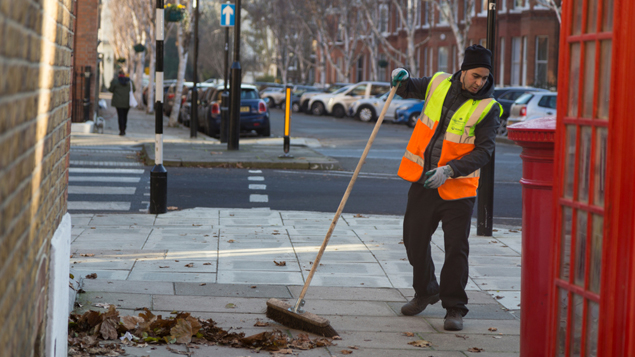[ad_1]

Shutterstock
White British employees in London are paid almost a quarter more than their BAME colleagues, new data has revealed.
Although the ethnicity pay gap between white and ethnic minority employees has narrowed to its smallest level since 2012 in England and Wales – at 2.3% – the difference in pay is largest in London at 23.8%.
This is according to the Office for National Statistics, which analysed data from the annual population survey in 2019. The data was collected before the Covid-19 pandemic.
Last year the median hourly pay for those in the white ethnic group was £12.40 compared with those in ethnic minority at £12.11.
Pakistani workers had the lowest average hourly wage at £10.55 and Bangladeshi workers earned £10.58. Most ethnic groups continued to earn less, on average, than white British workers, but between 2012 and 2019, white Irish (£17.11), Chinese (£15.38), Indian (£14.43) and white and Asian (£13.37) ethnic groups all earned higher hourly pay than white British employees.
Race equality think tank the Runnymede Trust said it was particularly worried that Pakistani workers had the lowest hourly wage, despite holding higher degree-level qualifications, while the GMB union described the ethnicity pay gap as “shameful”.
“While any progress is welcome, today’s figures underline just how far the UK has to go before pay justice is achieved for all workers,” said GMB national secretary Rehana Azam.
“The fact that in some parts of the UK, BAME workers are paid a quarter less is a shaming indictment of the structural discrimination in our society.”
The pay gap is particularly prominent among men: male workers with a minority background earned 6.1% less per hour than white men last year. Ethnic minority women earned 2.1% more than white women.
There are regional differences in ethnicity pay gaps. It is most prominent in London (23.8%) and in Yorkshire and the Humber (12.7%), but narrowest in Wales (1.4%) and the North West (5.4%).
The ONS said: “The pay someone earns depends on multiple different factors, such as their occupation or where their job is in Great Britain (for example, those living in London sometimes have higher pay, which compensates for the higher cost of living in London).
“If pay determining characteristics vary between ethnic groups, the pay gaps observed might result from differences in these characteristics, rather than because of ethnicity.
“The highest qualifications an employee has gained is also a factor in the pay received. Those with a higher level of qualifications tend to have higher levels of pay (nearly half of those with a degree are in the top 25% of the pay distribution). The model adjusts to the level of pay of those with a degree or equivalent.”
The difference in hourly pay is narrower among younger workers. Among those aged 30 years and over, BAME staff tend to earn less than those of white ethnicities. In contrast, those in the ethnic minority group aged 16 to 29 years earn more on average than those of white ethnicities of the same age.
Reward, compensation and benefits opportunities
Browse all comp and benefits jobs
A
[ad_2]
Source link





